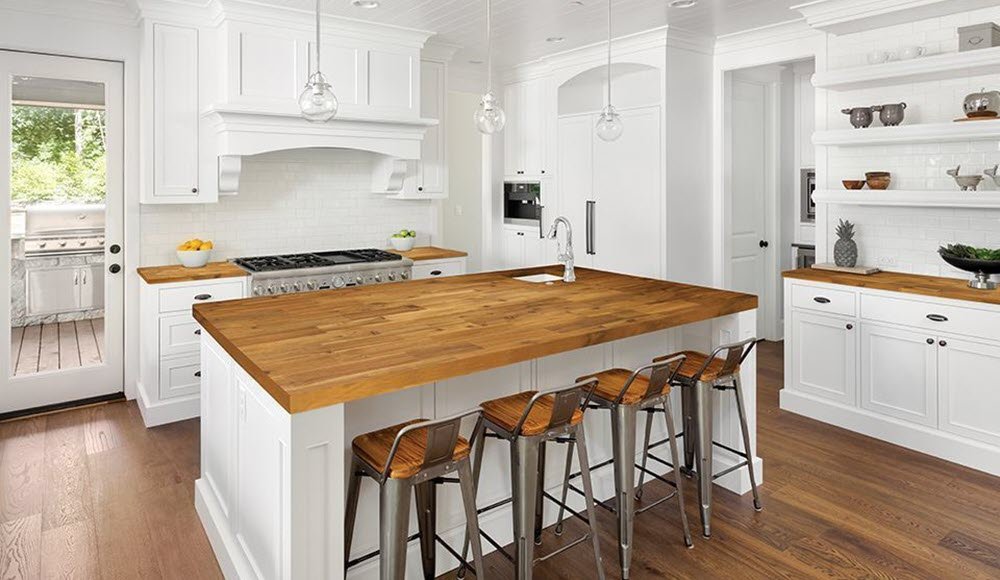Kitchen Islands

At a minimum, an island adds counter and storage space just where you need them: at the pivot point between your kitchen’s cooking, cleaning, and food-prep zones.
If you outfit your island with fixtures and appliances, such as a sink and cooktop, or bar stools for dining, an island itself can become the hub of activity. Such utility is the reason builders and designers say that adding an island offers more value than just about any other kitchen upgrade.
The first kitchen islands in America date to the colonial era. These simple worktables, situated near the hearth of the home, were where families prepped meals and then sat down to break bread.
Even after the advent of built-in cabinetry, and well into the first half of the 20th century, the island remained a freestanding piece of furniture, often with a look and style all its own. The tradition continues today, as islands often integrate materials, colors, and design flourishes that are different from those of the surrounding wall cabinets, making them the focal point of the space.
